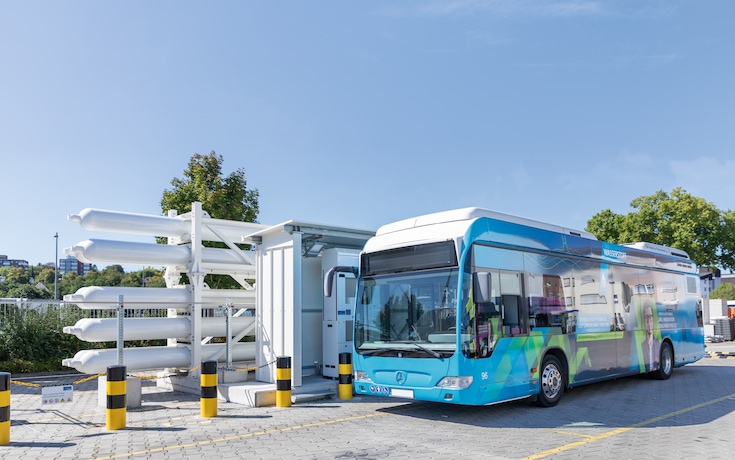Hydrogen Applications
As the world unfolds the full potential of the lightweight gas, the scope for its application increases beyond its traditional uses.
A growing number of countries are enacting laws aimed at reducing transport CO2 emissions. For example:

Hydrogen opens up great opportunities, not only for buses and trains, but also for commercial public works vehicles. Just like buses, municipal waste vehicles, road sweepers and other specialist vehicles follow scheduled routes and are usually served by a central supply station. All of these factors make it easier to set up municipal hydrogen infrastructures.
But hydrogen's potential for decarbonization is not limited to land - it is set to play a key role in decarbonizing aviation on the ground, through airport transport and logistics (forklifts, buses, trucks) powered by green H2, and in the air, through LH2 for short-and-medium-range flights and SAF (Sustainable Aviation Fuels) for long-haul flights and more immediate use.
Hydrogen will also play a role in reducing emissions in shipping, both on water (ferries and large ships) and on land (port logistics). Learn more about the world's first hydrogen-powered ferry.
Linde provides a turnkey solution to our mobility customers: from design, to construction and operation, including cutting-edge technologies to produce, store and dispense hydrogen. We are the world's largest manufacturer of hydrogen production plants and a leading provider of equipment for hydrogen refueling stations.
Cutting edge fueling technologies